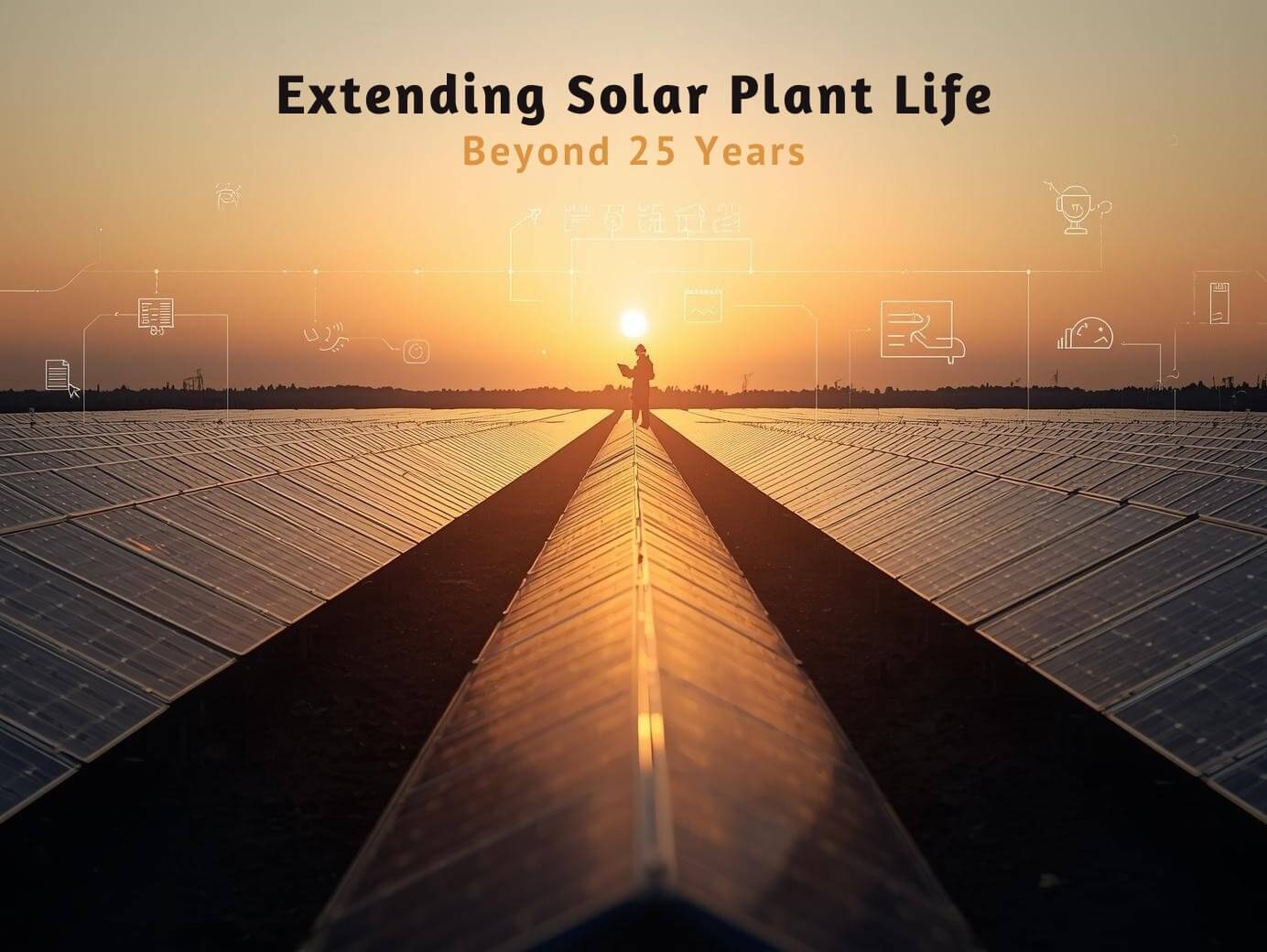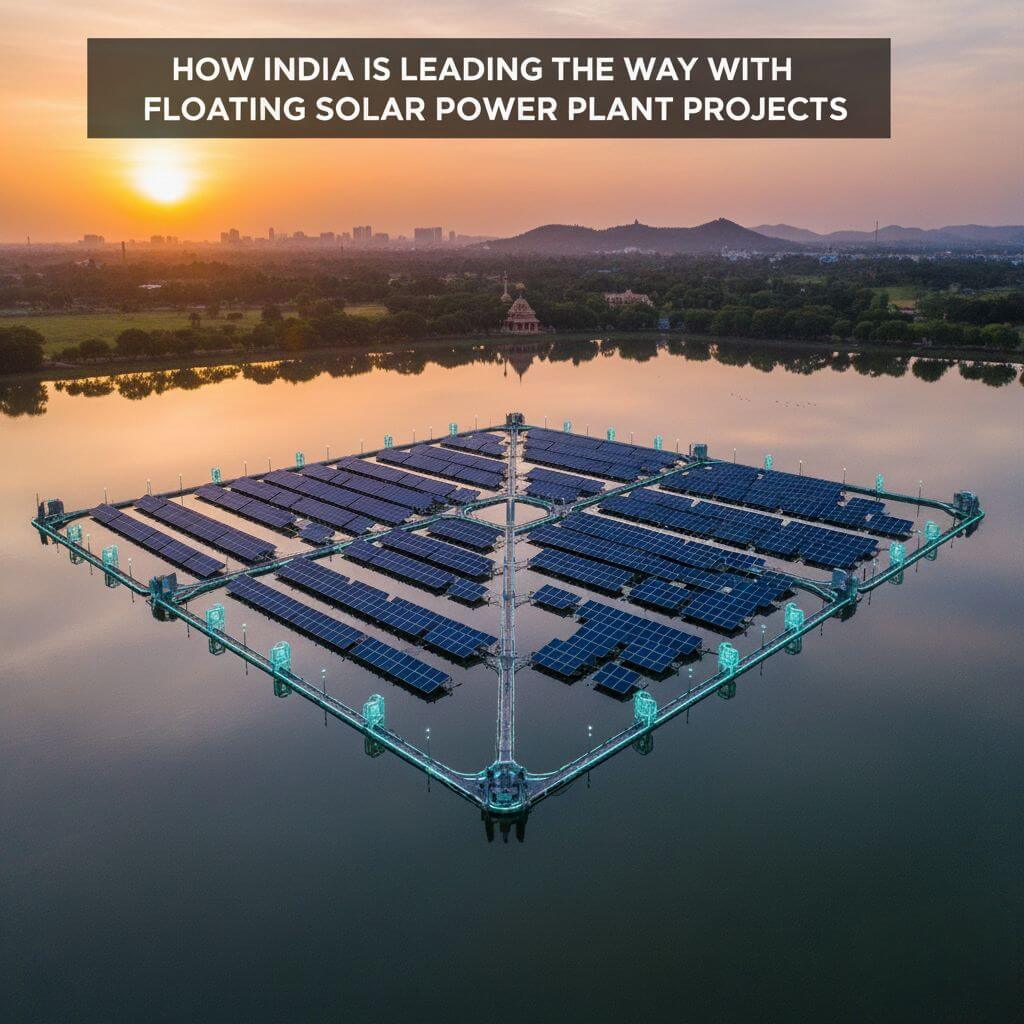The Evolution of the Solar EPC: Trends Shaping the Industry
Evolution of Solar EPC Trends
The solar energy sector in India has seen exponential growth over the last decade. From a modest beginning when India had a mere 18 MW of solar capacity installed, we have seen a hundred-fold increase till date. The falling prices of solar panels, improving efficiencies, and favorable government policies like tax breaks and subsidies have all contributed to the solar revolution in India.
Evolution of the Solar EPC Sector
The rapid growth of solar energy in India has also led to the parallel development of the Engineering, Procurement, and Construction (EPC) ecosystem. Solar EPC refers to the end-to-end handling of all aspects of a solar project, from land acquisition to designing the power plant, procuring solar modules and equipment from manufacturers, to actual on-ground installation and final commissioning.
In the early years, the Indian solar EPC market was dominated by large government-owned companies like BHEL and Tata Power. But over the years, a number of focused private solar EPC companies have emerged and are facing stiff competition with better project execution capabilities.
Some of the top solar EPC companies in India today include Waaree Energies, Sterling & Wilson, Mahindra Susten, and Tata Power Solar. Collectively, they account for over 80% of the market share. These organized players have brought process orientation and specialization to the EPC world.
Let us look at some of the key trends shaping this industry:
Trend 1: Consolidation underway in a fragmented market
While the leaderboard has been more or less established, there remains a long tail of smaller, sub-scale players. Margins remain thin amidst heightened competitive intensity. Debt funding is increasingly difficult to come by. Many are saddled by operational issues, be it land acquisition challenges, unfavorable PPAs, working capital issues, or a poor O&M record.
The result is that the industry is poised to go through a significant consolidation phase. Well-funded, larger players will look to acquire smaller EPC companies to drive economies of scale. This consolidation will improve the overall health and outlook of the organized solar EPC industry in the coming years.
Trend 2: Balance of power shifting from developers to EPC players
Another notable trend is the increasing leverage of EPC players in the ecosystem. In the early years, project conceptualization, access to land banks, and securing PPAs with state electricity boards were controlled by large independent power producers (IPPs) and project development companies. EPC players were reduced to contract executors with wafer-thin margins.
But over the years, progressive states have conducted solar park and ultra-mega solar power bids. This has taken away the development risk from the equation, land banks are readily available, and PPAs are locked in advance. EPC players are now negotiating better terms. Advance mobilization, change of law protection, etc. give them greater risk protection as well as an upside in profitability.
Trend 3: Emergence of next-gen solar technology solutions
On the technology front, while crystalline silicon solar panels continue to dominate in terms of adoption, newer variants are emerging that promise higher efficiencies and better ROI economics. These include thin-film, floating solar, HIT solar modules, and advanced solar trackers. EPC players will need to invest in evaluating such technologies and making appropriate design choices for each customer solution.
Rooftop solar and off-grid solar are also fast gaining traction, opening up new addressable markets for EPC players. With roof space always a constraint, companies will have to bring design innovations to maximize capacity generation. This calls for expertise in customized solutions.
Trend 4: Digital and analytics usage is on the rise.
Lastly, the use of digital and advanced analytics is on the rise throughout the EPC project lifecycle, be it in the design of solar power plants and module layout software, project management platforms for tracking daily progress, or drone use for more rigorous plant health monitoring. Solar power generation can be impacted by as much as 20% due to soil erosion, deforestation, air pollution blocking the sun’s rays, etc. over its 25-year lifespan. Analytics will play a crucial role in detecting issues early and taking corrective actions.
The Road Ahead
As investment dollars continue to pour into Indian solar infrastructure, what is undeniable is that EPC will remain the focal point when it comes to timely and high-quality implementation. Core EPC capabilities – strong partner networks, prudent procurement and supply chain processes, and experienced on-ground execution teams. That separates the winner from the rest of the pack.
Companies that invest today in next-gen technologies, digital capabilities, and skilled talent will shape the future of solar EPC, driving India towards its vision of renewable energy leadership on a global stage.
At Waaree, we pride ourselves on being at the forefront of the solar EPC revolution in India. As one of the leading EPC solutions providers, we have executed over 5 GW of solar projects across multiple states. Our 1000+ strong team brings specialized expertise across engineering design, project management, quality control, and O&M.
We were one of the first companies to invest in next-gen thin film and solar tracking technologies. Our customers rely on our expertise for the timely and high-quality execution of their solar power vision.
As the Indian solar energy ambition continues its upward march, Waaree is fully geared to play a leadership role as a trusted solar EPC partner. Get in touch with our Waaree Experts (solar experts) or visit our official website to discuss your project requirements or explore partnership opportunities to tap into the growing solar wave.
Post a comment
You must be logged in to post a comment.





